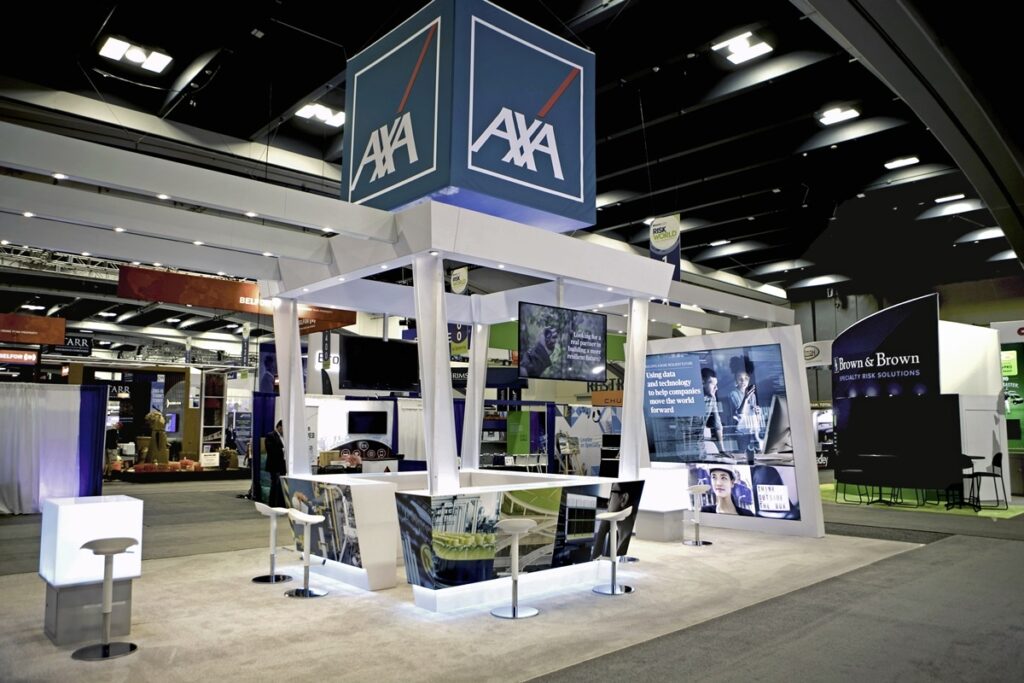Trade Show Checklist
So you’ve secured a spot at an upcoming Trade show and now you need a Trade Show Checklist. There’s so many tasks and elements that go into a successful trade show, you don’t want to forget anything.
Trade shows help businesses conduct market research. They can review the competition and their newest offerings. Most importantly it permits the perfect environment to secure new leads.
Here are a few things you should take into consideration when prepping for a trade show.
1) Understand the Objective of the Event
First, consider the main objectives. What your business wants to achieve when visiting the trade show is a necessity. It will also justify the cost and time involved.
It could include launching a new product or service. Usually it’s bringing in fresh leads. This list of leads could determine sales projections and thus, peoples earnings.
Ensuring your entire team understands the primary and secondary goals will allow them to tailor their in-person approach to met them. It will also assist with designs, CTA’s and more.
Repeating these goals will consistently reinforce them and help ID anything that doesn’t help reach those goals.
2) Logistics Around the Trade Show
Logistics are next. It will put the team at ease knowing everything is confirmed and reserved. Plan for contingencies, research ahead of time and remember where local hardware stores and print shops are. These resources in a strange city can save you tons of stress when you need something last minute.
Booth design for trade shows is essential to grab peoples attention. It can make your business stand out against a sea of competitors. If the budget permits a custom trade show exhibit is the best way to establish brand dominance. The booth layout needs to be engaging and inviting to multiple personalities.
Once the designs are finalized and printing is confirmed you must arrange delivery. Some pick it up in the city at the trade show and bring it themselves, some get it delivered to the trade show. Whatever you arrange just ensure you team is there to help set it up.
Plan to have refreshments and food for an entire day for everyone on the team. Trade show setup is hard work. You are on your feet all day, so set frequent breaks and take care of your team.
3) Engagement Strategy
Next is the planning for the event itself. Who draws them in? Who gives the best pitches, who is the go-to closer? If everyone knows their role, then they are comfortable because they know what’s expected of them.
Nervous, unfocused staff will make a negative brand impression in under 10 seconds. So make sure everyone knows their pitches, main talking points and has the official info readily available.
Being prepared for engagement with potential leads will increase brand trust. You want your brand to stay top of mind.
If you follow these steps and maintain open communication with your team the trade show will definitely be a success.



